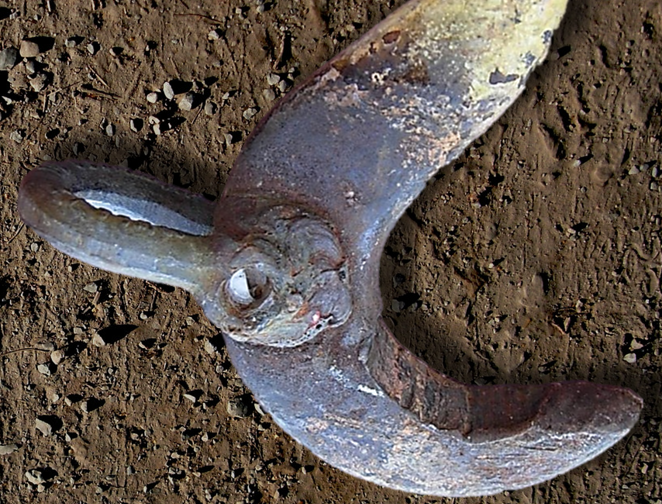There are times when you just don’t have the right tool for the job, but the job must get done.
With a welder, grinder, and a little ingenuity, any challenge can be overcome. We’ve all either made use of some “homemade” tool or seen one on the jobsite. But there is danger in these homemade tools that we must be aware of. Crosby warns against the modification of any rigging and lifting products and for good reason.
A typical Crosby fitting (like a shackle or hook) is produced from a specific kind of steel containing just the right alloying elements. It is carefully heat treated to transform and improve the properties of the steel. Properties like strength, ductility, and the ability to withstand repeated load cycles are essential when considering these products are depended on to lift and move a load. The problem is these properties can be changed significantly when a product is modified.
It is simple to see that if we were to grind off half the thickness of a shackle to make it fit through something then we have reduced its ability to carry a load. How much it’s reduced can be hard to determine, and that is where the danger lies.

But a product’s strength can also be reduced in less visible ways, in particular, when very high heat is involved. In the case of the photo above, a considerable amount of heat was absorbed by the hook when the shackle was welded to it. The hook now has a nifty handle or maybe an attach point for a tagline, but nobody can tell how much load it can handle.
The steel near the weld may have had the heat treatment altered or reversed, greatly weakening it. Maybe some cracks formed when the weld cooled. The hook tip has been modified as well potentially making it easier for a sling to disengage.
This hook is now completely unpredictable and therefore, unreliable for lifting.
We all want to get the job done, but at the end of the day the most important thing is being able to go home at the end of the day. Don’t use modified hardware. If you see it on the jobsite, do yourself and your coworkers a favor by removing it from service.
Better yet, work to educate people on the risks of using compromised rigging and help make our industry and worksites safer for all of us.

